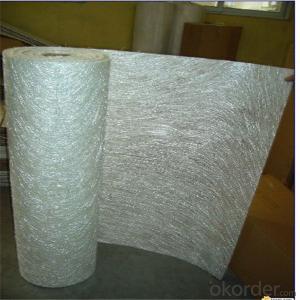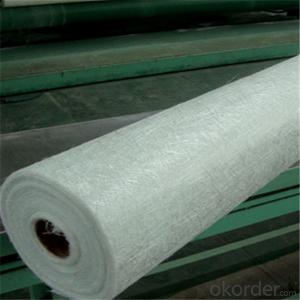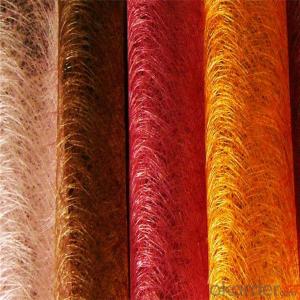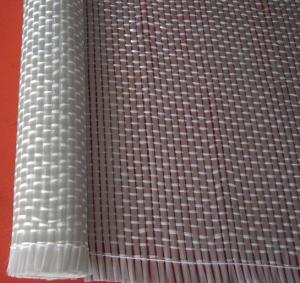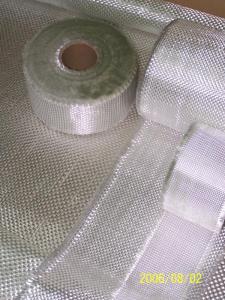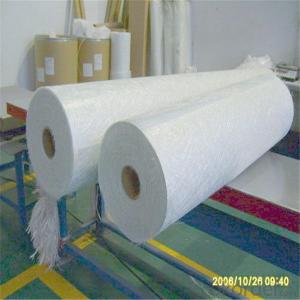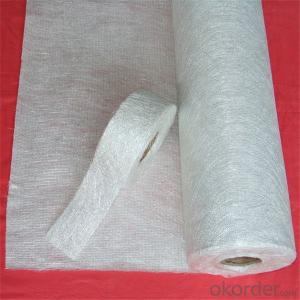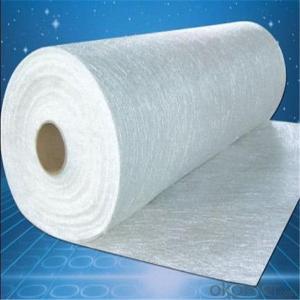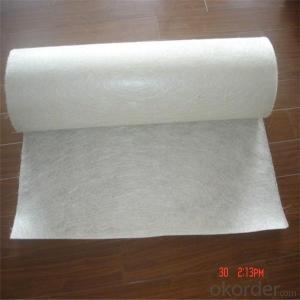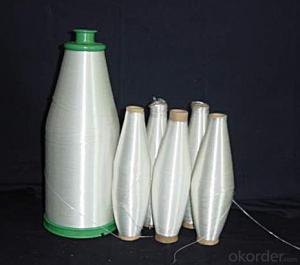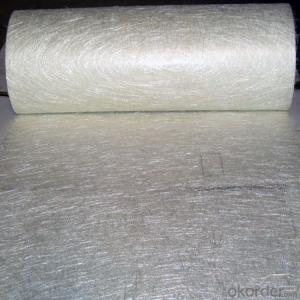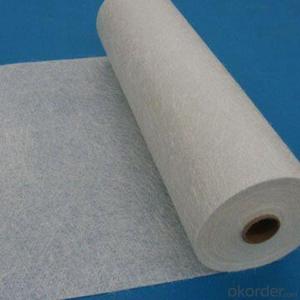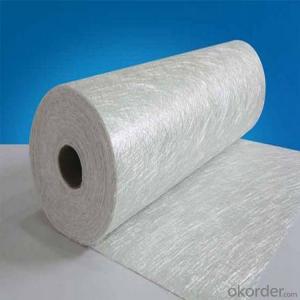Fiberglass ChoppedStand Mat for Repair
- Loading Port:
- Tianjin
- Payment Terms:
- TT OR LC
- Min Order Qty:
- 100 m.t.
- Supply Capability:
- 20000 m.t./month
OKorder Service Pledge
OKorder Financial Service
You Might Also Like
Quick Details
| Technique: | Chopped Strand Fiberglass Mat (CSM) | Dimensions: | according to customer's request | Mat Type: | Stitch Bonding Chop Mat |
| Fiberglass Type: | E-Glass | Softness: | middle | Place of Origin: | Jiangxi, China (Mainland) |
| Brand Name: | cnbm | Model Number: | CSMEP100,CSMEP120,CSMEP200,etc | Product: | Cooling Tower Building Glass Fiber Fiberglass Chopped Strand Mat(csm) |
| Color: | White | Width: | 1040mm,1250mm,ect. | Area weight: | 225-900g/m2 |
| Application: | filament winding,panpel,ect |
Packaging & Delivery
| Packaging Details: | Each roll in one polybag then to an export carton. |
| Delivery Detail: | Within 18 days after confirm order |
Fiberglass Chopped strand mat
Powder Strand Mats Product Features:
1) Uniform density ensures consistent fiberglass content and mechanical properties of the composites products.
2)Uniform powder distribution ensures good mat integrity, little loose fibers and small roll diameter.
3) Excellent flexibility ensures good mold ability with no spring back at sharp angles.
4)Fast and consistent wet-out speed in resins and rapid air lease reduce resin consumption and production cost and enhances productivity and mechanical properties of the end products.
5)The composite products have high dry and wet tensile strength and good transparency.
Picture
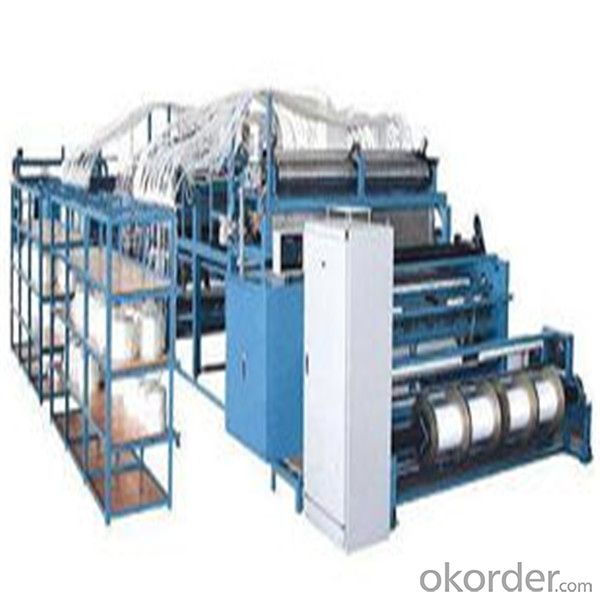
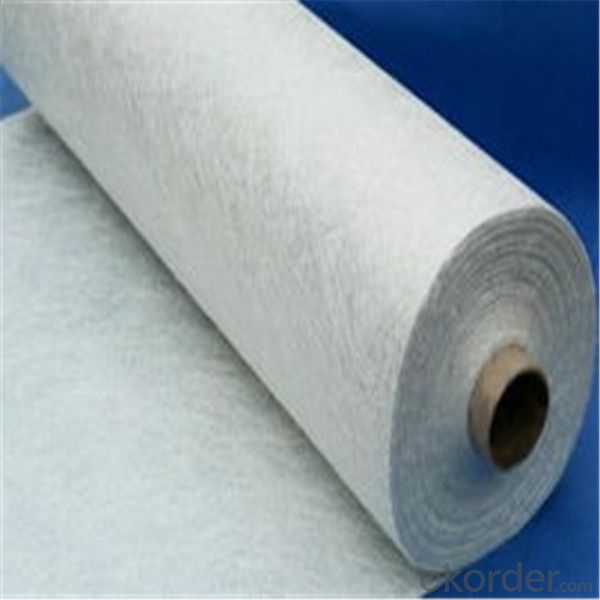
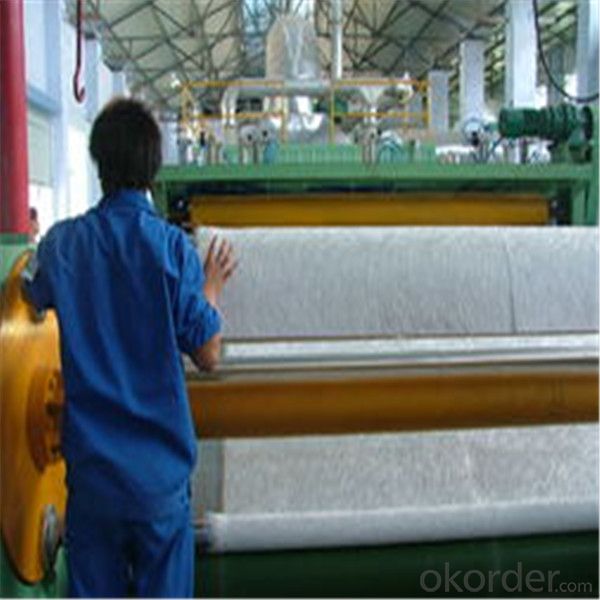
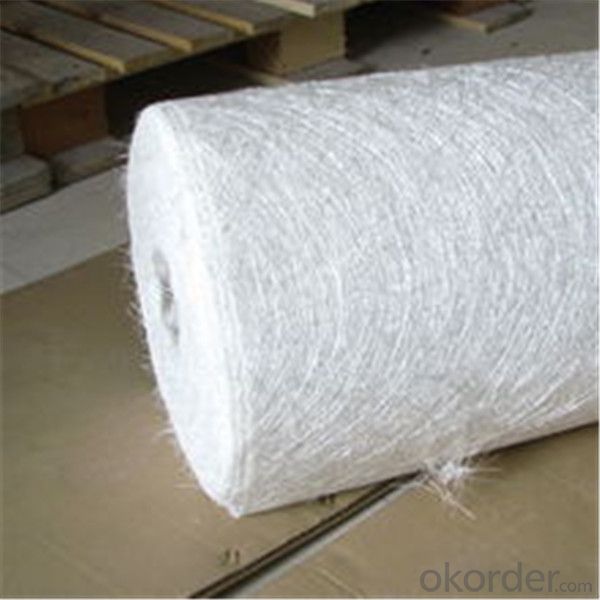
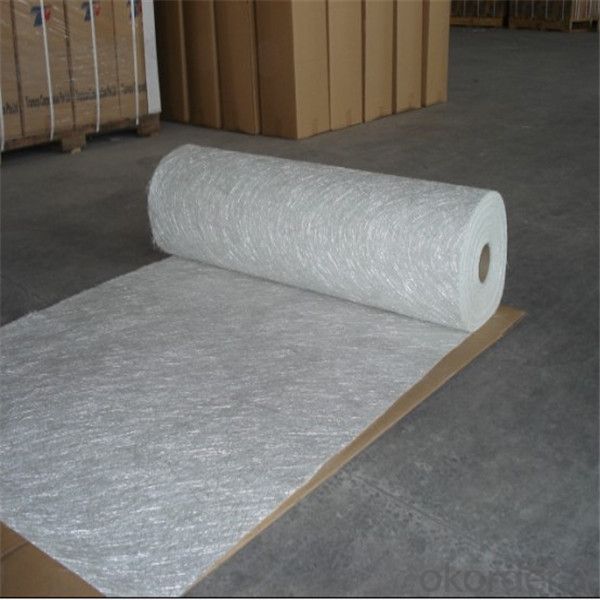
- Q:Can fiberglass chopped strand be used in the production of wind turbine components?
- Yes, fiberglass chopped strand can be used in the production of wind turbine components. It is commonly used as a reinforcement material in composite manufacturing processes to enhance the strength and durability of various wind turbine parts, such as blades and nacelles.
- Q:How is fiberglass chopped strand made?
- Fiberglass chopped strand is made through a manufacturing process that involves several steps. Firstly, glass fibers are melted at high temperatures in a furnace. These fibers are made from a combination of raw materials such as silica sand, limestone, soda ash, and other additives. Once melted, the molten glass is then extruded through tiny holes in a device known as a bushing. This process is called fiberization, and it results in the formation of numerous fine glass filaments. These filaments are then rapidly cooled with a blast of air or water, causing them to solidify into solid fibers. Next, the solid fibers are gathered into bundles known as strands. These strands are then chopped into shorter lengths using mechanical cutters, hence the term "chopped strand." The chopped strands are typically around 3-6mm in length, although this can vary depending on the desired application. After being chopped, the strands are collected and processed further. They may undergo additional treatments such as applying a sizing agent or a binder to enhance their performance and compatibility with specific resin systems. These treatments also help to improve the adhesion between the fiberglass and other materials it will be combined with, such as resins or polymers. Finally, the chopped strands are packaged and made available for use in various industries. They can be incorporated into a wide range of products, including composites, insulation materials, automotive parts, and construction materials, among others. In summary, fiberglass chopped strand is made by melting glass fibers, extruding them into thin filaments, cooling and solidifying the filaments, chopping them into shorter lengths, and then applying additional treatments as needed. This process results in a versatile material that offers excellent strength, durability, and flexibility for a variety of applications.
- Q:What are the typical testing standards for fiberglass chopped strand composites?
- Various mechanical, physical, and chemical tests are typically conducted to ensure the quality and performance of fiberglass chopped strand composites. Fiberglass chopped strand composites are subjected to several commonly used testing standards, including: 1. Tensile Strength Testing: This test determines the maximum amount of tensile stress that the composite can withstand before breaking. It provides information about the material's strength and its ability to endure pulling forces. 2. Flexural Strength Testing: This test assesses the composite's resistance to bending or flexing. It reveals insights into the structural integrity of the composite and its capacity to withstand external loads. 3. Impact Resistance Testing: This test evaluates the composite's ability to absorb and withstand sudden impacts or shocks. It helps in assessing the composite's durability and resistance to damage. 4. Water Absorption Testing: This test measures the amount of water absorbed by the composite within a specific timeframe. It helps determine the composite's resistance to moisture and potential degradation. 5. Fire Resistance Testing: This test examines how the composite reacts to fire and its ability to resist burning or the spread of flames. It is particularly significant in applications where fire safety is a concern. 6. Chemical Resistance Testing: This test assesses the composite's resistance to various chemicals, including acids, alkalis, and solvents. It helps determine the material's compatibility with different environments and potential exposure to chemicals. 7. Thermal Conductivity Testing: This test measures the composite's ability to conduct heat. It helps evaluate the thermal insulation properties of the composite and its suitability for applications where heat transfer is a consideration. 8. Dimensional Stability Testing: This test evaluates the composite's ability to maintain its shape and size under different temperature and humidity conditions. It helps determine the material's stability and suitability for specific applications. These represent some of the typical testing standards for fiberglass chopped strand composites. However, it is important to note that specific industries or applications may require additional or specialized testing to meet their unique needs and standards.
- Q:Is fiberglass chopped strand resistant to mechanical stress?
- Yes, fiberglass chopped strand is resistant to mechanical stress. It has high tensile strength and can withstand various forms of mechanical stress, making it a durable material in applications where mechanical forces are involved.
- Q:How does the length of fiberglass chopped strand affect its performance?
- The length of fiberglass chopped strand can significantly affect its performance. Generally, longer strands provide increased strength and stiffness to the final product, making it more durable and capable of withstanding higher loads. On the other hand, shorter strands offer better impact resistance and are easier to process, making them suitable for applications that require flexibility or intricate shapes. Ultimately, the choice of strand length depends on the specific performance requirements of the desired end product.
- Q:Is fiberglass chopped strand suitable for the production of sports equipment?
- Yes, fiberglass chopped strand is suitable for the production of sports equipment. It offers excellent strength and durability, making it ideal for various applications in sports equipment manufacturing.
- Q:Is fiberglass chopped strand water-resistant?
- Yes, fiberglass chopped strand is water-resistant. The strands are coated with a special resin that helps to repel water and prevent it from soaking into the material. This makes fiberglass chopped strand a popular choice for applications where water exposure or moisture resistance is a concern, such as boat building, swimming pools, and bathroom fixtures. However, it is important to note that while fiberglass chopped strand is water-resistant, it is not completely waterproof. Prolonged exposure to water or immersion can still cause damage or degradation over time. Therefore, it is important to take proper precautions and use additional waterproofing measures, such as sealants or coatings, when necessary.
- Q:Is fiberglass chopped strand suitable for applications requiring high heat resistance?
- Fiberglass chopped strand is unsuitable for applications that demand high heat resistance. Despite being renowned for its strength and durability, fiberglass possesses a relatively limited capacity to withstand heat when compared to alternative materials. When subjected to elevated temperatures, fiberglass has the potential to melt or distort, rendering it inappropriate for scenarios where heat resistance is paramount. In such instances, materials like ceramic fiber or specific metals would be more suitable options.
- Q:How is the chemical resistance of fiberglass chopped strand determined?
- The chemical resistance of fiberglass chopped strand is determined through various tests and assessments. One commonly used method is the immersion test, where the chopped strand is exposed to different chemicals for a specified period of time. The strand is then visually inspected for any signs of degradation or damage. Another way to determine the chemical resistance is through the weight loss test, where the chopped strand is weighed before and after exposure to chemicals. Any significant weight loss indicates that the strand is being affected by the chemicals. Furthermore, mechanical testing can also be conducted to assess the impact of chemicals on the physical properties of the chopped strand. This includes testing the tensile strength, flexural strength, and impact resistance of the strand before and after chemical exposure. Overall, the chemical resistance of fiberglass chopped strand is determined through a combination of visual inspection, weight loss analysis, and mechanical testing. These tests provide valuable information on the performance and durability of the chopped strand in various chemical environments.
- Q:Can fiberglass chopped strand be used in electrical insulation varnishes?
- Yes, fiberglass chopped strand can be used in electrical insulation varnishes. It is commonly added to enhance the mechanical properties and electrical insulation performance of the varnish. The chopped strand reinforces the varnish, providing improved strength and durability.
1. Manufacturer Overview |
|
|---|---|
| Location | |
| Year Established | |
| Annual Output Value | |
| Main Markets | |
| Company Certifications | |
2. Manufacturer Certificates |
|
|---|---|
| a) Certification Name | |
| Range | |
| Reference | |
| Validity Period | |
3. Manufacturer Capability |
|
|---|---|
| a)Trade Capacity | |
| Nearest Port | |
| Export Percentage | |
| No.of Employees in Trade Department | |
| Language Spoken: | |
| b)Factory Information | |
| Factory Size: | |
| No. of Production Lines | |
| Contract Manufacturing | |
| Product Price Range | |
Send your message to us
Fiberglass ChoppedStand Mat for Repair
- Loading Port:
- Tianjin
- Payment Terms:
- TT OR LC
- Min Order Qty:
- 100 m.t.
- Supply Capability:
- 20000 m.t./month
OKorder Service Pledge
OKorder Financial Service
Similar products
New products
Hot products
Hot Searches
Related keywords


